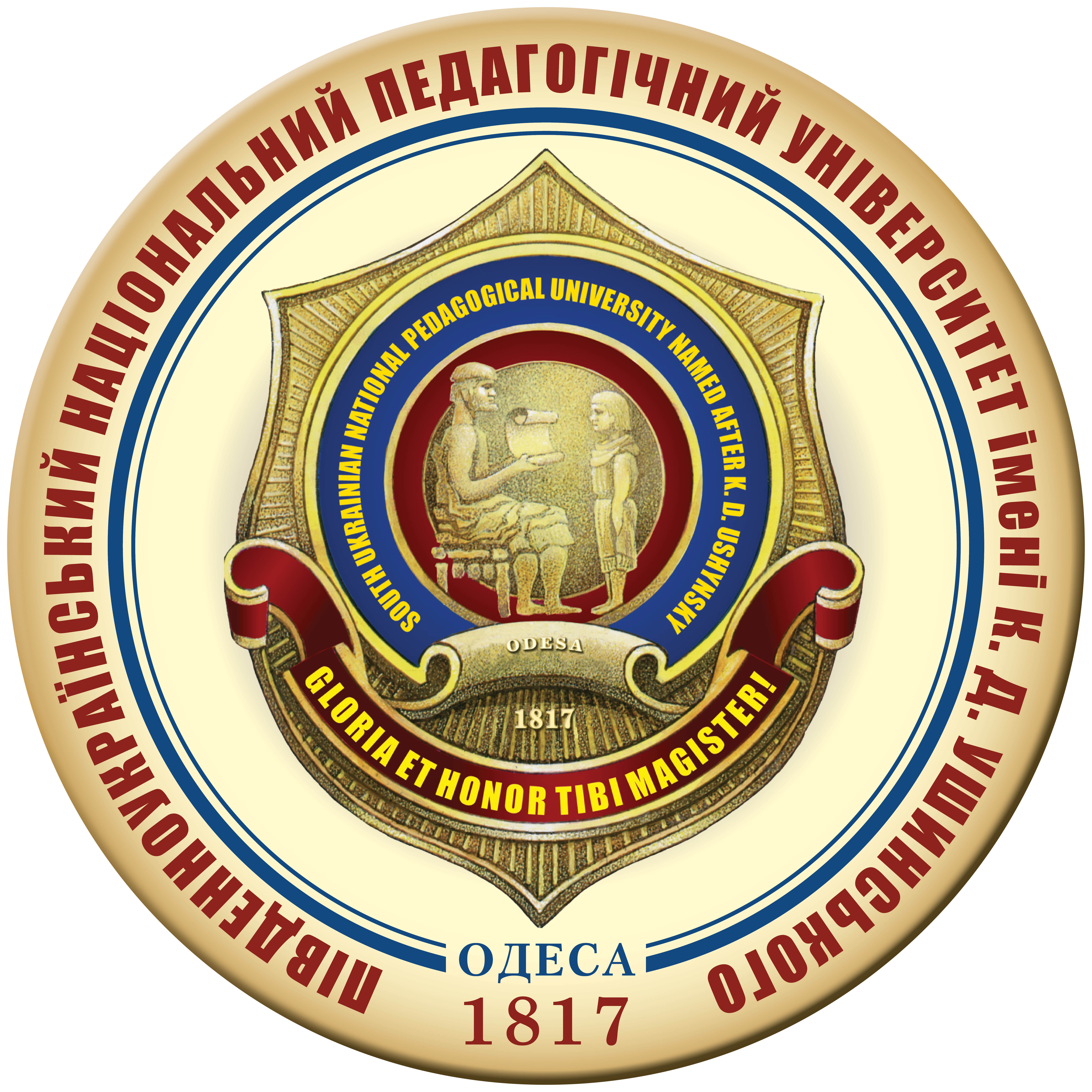RESEARCH OF FUNCTIONAL STATUS OF HANDBALL PLAYER IS IN A TRAINING PROCESS
DOI:
https://doi.org/10.24195/olympicus/2024-1.7Keywords:
handball, women, functional state, autonomic nervous system, preparatory periodAbstract
The relevance of this article is emphasized on the development of scientific knowledge, particularly in the area of women's high-achievement sports. In recent years, there has been an increasing awareness of the unique physiological and psychological demands placed on female handball players, necessitating the development of adapted training and recovery strategies. Our research encompasses both the physical capabilities of the athletes and the responses of the autonomic nervous system, providing a comprehensive approach necessary for creating effective training programs. The aim of the study is to analyze the functional state of handball players during the preparatory period of training. Research methods include theoretical analysis, synthesis, and generalization; comparison and analogy; pedagogical observation (using instrumental techniques); pedagogical testing; a method for assessing the functional state of the autonomic nervous system; and mathematical-statistical data processing. The study involved athletes from the main and reserve teams of the handball club "Galychanka" in Lviv. Research Results: A diagnostic study was conducted on the indicators of functional preparedness of handball players. The results revealed centralized control of heart rhythm with increased sympathetic division activity, confirmed by high stress index values (395.44±18.22 units) and regulatory system activity indicators (6.92±0.37 units) at rest. Excessive sympathetic activity was further proven by high values of the sympathovagal index (LF/HF, 2.58±0.30 units). Higher-than-normal LF values (41.85±2.77%) indicated a predominance of sympathetic over parasympathetic activation. The lesser contribution of the very low frequency component (VLF – 30.87±2.14%) indicated a reduced heart rate frequency, associated with humoralmetabolic factors. These findings confirm the need to adapt training and recovery measures, as they indicate increased stress levels and potential imbalance in the autonomic nervous system of handball players. It seems necessary to focus on methods that can improve the vegetative balance of athletes. Conclusions. The analysis of heart rate variability revealed a dominant role of the low-frequency component (LF) in the heart rhythm of handball players, indicating increased sympathetic nervous system activity. This aspect is critical as it highlights an intense physiological response to training loads. The significant value of the very low-frequency component (VLF) in heart rhythm underscores the importance of metabolic aspects in the physical preparation of athletes, indicating the need to focus on optimizing energy exchange and efficiency of resource use during high-intensity loads. Meanwhile, low values of the high-frequency component (HF) indicate insufficient parasympathetic nervous system activity, an indicator of inadequate recovery and relaxation in the bodies of handball players. Thus, the results revealed an imbalance between sympathetic and parasympathetic activity, which could have serious consequences for the physical and emotional state of handball players.
References
Михалюк Є., Польський С., Новак А. Стан серцево-судинної та автономної нервової системи у провідних гандболістів Украіни. Фізичне виховання, спорт та здоров'я людини: досвід, проблеми, перспективи (у циклі Анохінських читань): матеріали ІХ Всеукраїнської науково-практичноі онлайн-конференції. 10 грудня, 2021 р., Київ / Київ. Ун-т імені Бориса Грінченка; за заг. ред. О. В. Ярмолюк. Київ : Київ. ун-т імені Бориса Грінченка. C. 236–241.
Evhen P., Valeria T. Peculiar properties and dynamics of physiological indicators in handball team. Journal of Physical Education and Sport, 2017. 17(1), 49, 335–341.
Korobeynikov G., Potop V., Ion M., Korobeynikova l., Borisova O., Tishchenko V., Yarmak O., Tolkunova I., Mospan M., Smoliar I. Psychophysiological state of female handball players with different game roles. Journal of Physical Education and Sport, (JPES), 2019. Vol. 19 (3). Art. 248. Pp. 1698–1702.
Lisenchuk G., Tyshchenko V., Zhigadlo G., Dyadechko I., Galchenko L., Piptyk P., Bessarabova O., Chueva I. Analysis of psychological state of qualified female handball players depending on the phase of the ovarian-menstrual cycle. Journal of Physical Education and Sport, 2019а. Vol. 19(3). Art 115. Pp. 808–812.
Liu Q., Li Y. The Effect of Functional Training on the Performance of Female Handball Players’ Shooting Skills. Journal of Sports Science, 2021. Vol. 9(8). Pp. 35–43.
Yuriy B., Maryan P., Valeria T. Dynamics of changes in the functional state of qualified handballers during macrocycle. Journal of Physical Education and Sport, 2016. Vol. 16(1). Art 8. Pp. 46–49.








